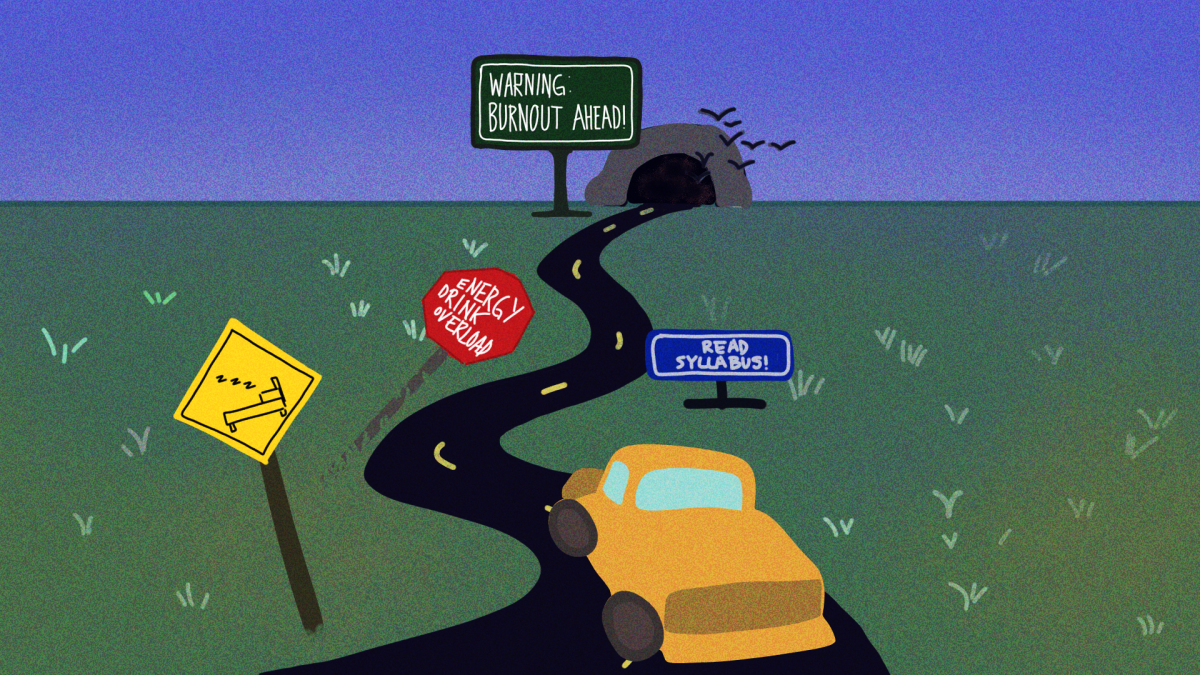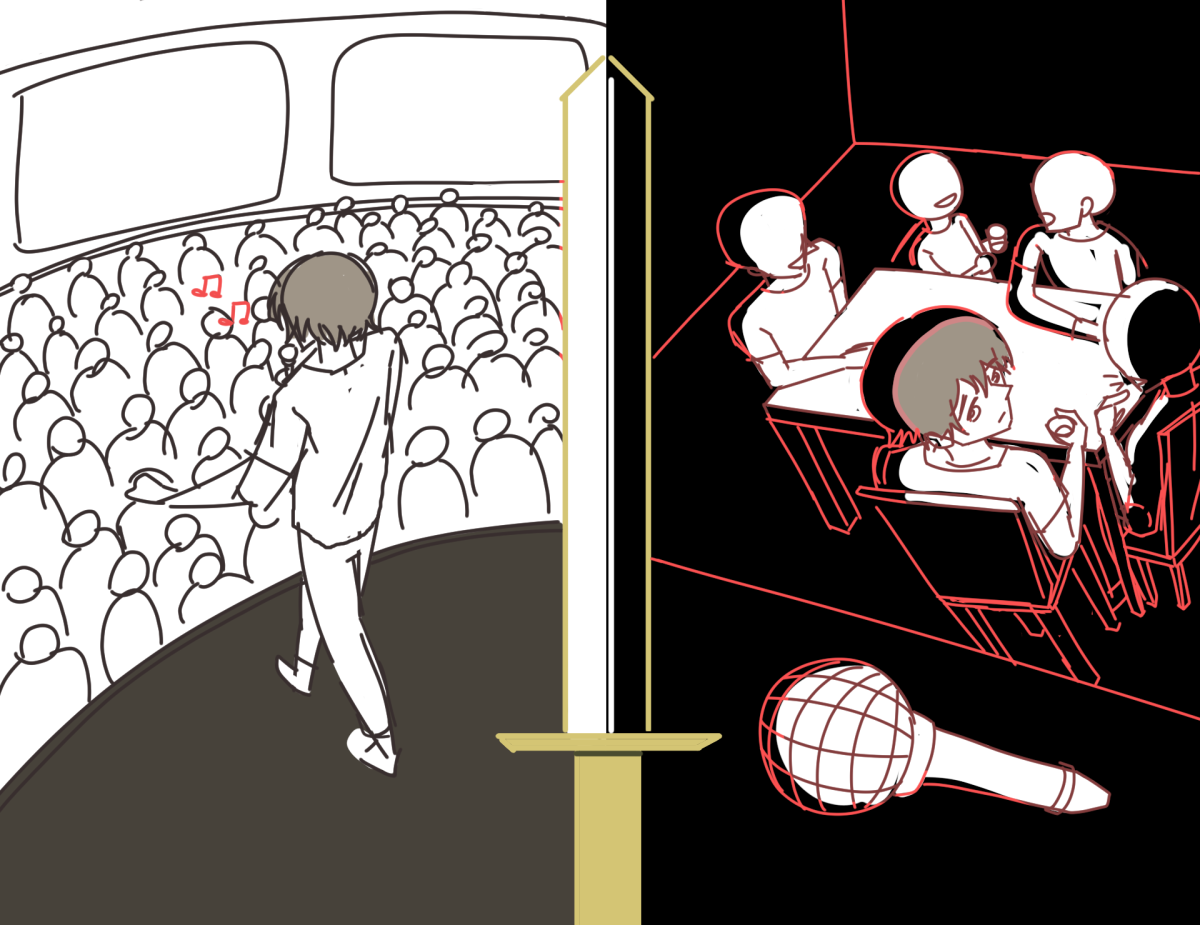Students return to class Monday amid 60-degree temperatures, just a week after heavy snowfall cancelled classes for two days. Although many enjoyed the snowball fights, beautiful walks through the Court of North Carolina or sipping hot cocoa inside to drive off the chill, it’s about time that we return to regular order.
However, many classes will be hard-pressed to get back on schedule due to the loss of instructional time. Already, some of my professors have mentioned having to push back the first test and assignment due dates, while others have noted that we will have to cover more than one topic per day in order to avoid falling behind.
It may not seem like a huge deal to miss two days of class out of the roughly 70 scheduled for the entire semester. For some less intensive 100- and 200-level classes, this amount of time might not produce a large impact on instruction. However, many classes, both at these levels and higher, rely on every minute of class time to convey as much material as they require before the end of term.
Dangerous traveling conditions make it absolutely necessary on the university’s part to cancel classes due to winter weather. Rather than give up these days entirely, professors ought to send out the material they would have covered in class and, where possible, maintain due dates for homework. Many professors have taken such steps in light of the recent storm, and though this move is not always popular among students, it is often to our benefit.
This self-teaching is less effective than an equivalent lecture and conveys less information, but instead of having to cover entirely new material upon return to class, professors can now speed through the missing content more easily. By encouraging students to email them with questions, professors can further help resolve confusion outside of class and thus reduce the amount of time spent teaching the lost day’s topic later on.
Unlike high schools, the university has not set a clear policy for making up the missed days. Moreover, class time is much more limited at the collegiate level. For instance, my high school in Wake County had 90 days of 85 minute classes each semester. Meanwhile, NC State has only about 70 days total, of which classes meet for far less time than on the public school calendar, often 2.5 hours per week.
The more limited timeframe plus the heightened complexity of subjects taught makes snow days much more harmful to the university schedule. In the end, we as students are the ones who suffer from an increased workload and decreased comprehension in all of our classes. As a result, we must compensate with more time spent studying and doing homework.
Mitigating the effects of snow days by sending out notes and assignments also eases the role of the professor. By heading off the problem directly, rather than simply delaying class for a day, they reduce the complications of having to reschedule tests and assignments, rework their notes for the day to cut time, or worse, remove content that is deemed less important.
Even if a class manages to recover over the semester and finish the planned curriculum, it will have lost valuable elements of instruction, whether an extra demonstration, a more in-depth explanation or an extra hour of review time before the midterms or final.
Snow is a wonderful part of winter, when the fickle North Carolina weather allows it, but the next time it shows up in the seven-day forecast, we should all temper our enthusiasm about possibly missing class. The value of the lost class time may exceed the joy we feel waking up to a soft, cold blanket of snow covering the ground.





